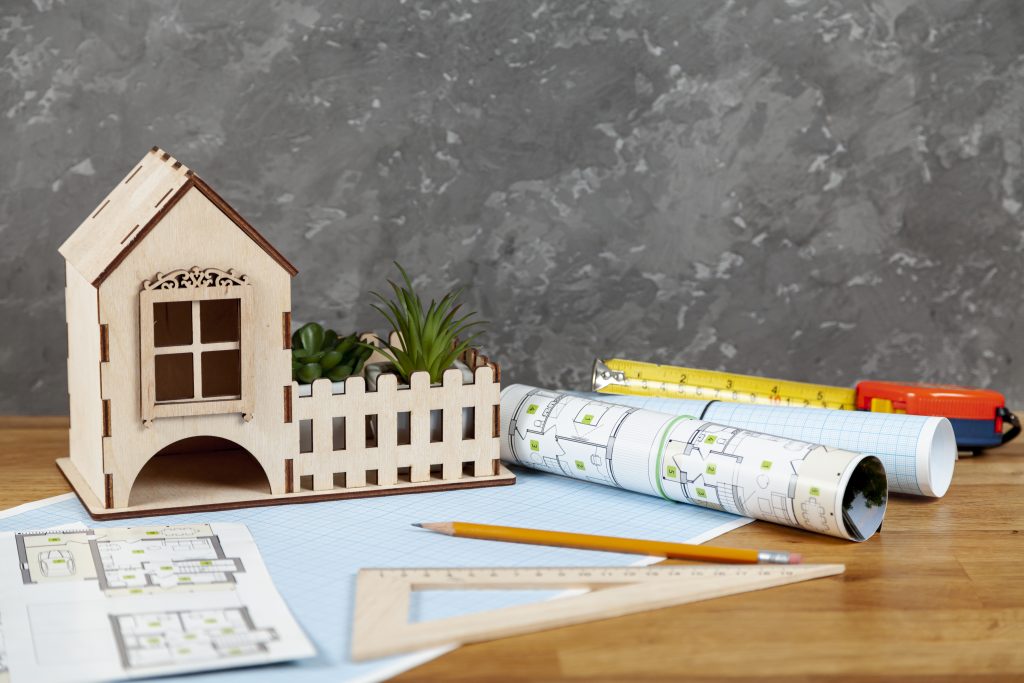DIY home projects that can save you Finance have become a defining trend for 2025. As living costs rise and homeowners look for ways to stretch their budgets, more people are turning to creative, cost-effective projects that enhance their living spaces without draining their finances. From energy-saving upgrades to simple decor changes, these projects are practical, stylish, and achievable for homeowners and renters alike. This guide explores emerging DIY trends, explains why they matter, and offers actionable advice so you can start saving while improving your home.

Why DIY Matters Now
The popularity of DIY home improvements has surged in recent years. Research shows that between 2019 and 2021, spending on DIY projects increased by more than 40 percent, and the trend shows no signs of slowing down. Nearly all homeowners reported tackling at least one DIY task, and three-quarters said they planned more for the following year. In 2025, the reasons are clear—DIY projects save Finance, build skills, and often lead to higher property values. In a time when professional labor costs continue to rise, the ability to handle repairs, upgrades, and creative changes yourself is not just a hobby—it’s a financial strategy.
Finance-Saving DIY Trends Gaining Traction
1. Energy Efficiency Upgrades
One of the fastest-growing categories in DIY is energy efficiency. Small improvements can deliver significant long-term savings. Popular projects include sealing drafts around windows and doors, adding insulation to attics, and installing programmable thermostats. Smart plugs and energy monitors are also becoming common for tracking and reducing power usage. These projects not only lower monthly utility bills but can also increase your home’s market appeal. Studies show that boosting a home’s energy performance rating can raise its resale value by as much as 15 percent.
2. Mood Refresher Projects
Simple visual upgrades remain a staple in the DIY world. Repainting walls, refinishing cabinets, swapping out old light fixtures, or replacing outdated hardware can instantly refresh a room’s look. A fresh coat of paint is one of the most cost-effective ways to transform a space, often costing a fraction of what professional painters charge. Even small changes like updating curtain rods or adding new lampshades can make a big difference in how a room feels.
3. Creative Decor Trends
In 2025, there’s a growing preference for unique, personalized home decor created through upcycling and repurposing materials. This aligns with the sustainable living movement, where homeowners are turning old furniture into statement pieces, transforming jars into planters, and using reclaimed wood for shelving. These projects combine creativity with cost savings, giving your home a custom look without designer prices.
4. Budget Wallpaper Makeovers
Peel-and-stick wallpaper and murals have exploded in popularity thanks to their affordability and ease of application. Unlike traditional wallpaper, these newer options can be applied without professional help and removed without damaging walls, making them ideal for renters and homeowners alike. A bold accent wall or dining room mural can refresh your space for a fraction of the cost of a full renovation.
5. Practical Maintenance and Repairs
Economic uncertainty has led many to repair rather than replace. Fixing furniture, mending clothes, cleaning and maintaining appliances, and sealing tile grout are all easy wins. Many homeowners are learning these skills from free resources such as YouTube tutorials, online classes, and community workshops. Routine maintenance extends the life of your possessions and prevents costly repairs later.
DIY Projects That Bring Real Returns
Reducing Labor Costs
Labor is often the biggest expense in home improvement projects. For example, kitchen and bathroom remodels can cost thousands when professionals are involved, but taking on smaller portions of these jobs—like painting cabinets or replacing fixtures yourself—can cut costs significantly. Even tasks like installing shelves or regrouting tile can save you hundreds in labor fees.
Boosting Property Value
DIY projects that improve functionality and aesthetics can increase a property’s value. Well-maintained homes with modern updates tend to attract more buyers and sell faster. Projects like landscaping, adding built-in storage, or updating flooring can provide an excellent return on investment when it’s time to sell.
Enhancing Personal Satisfaction
Beyond financial savings, completing a DIY project provides a sense of accomplishment. You not only improve your space but also gain valuable skills you can apply in the future. This empowerment can lead to more ambitious projects over time, further increasing your home’s value and livability.
DIY Risks to Keep in Mind
- Permits and Safety Codes
Some projects—especially those involving electrical wiring, plumbing, or structural changes—require permits and must meet safety codes. Skipping these steps can result in fines, costly repairs, or issues when selling your home. - Safety Hazards
Working with power tools, ladders, or hazardous materials requires caution. Always use protective gear, follow instructions, and know when to call a professional. - Insurance and Liability
Certain DIY projects may affect your homeowner’s insurance policy. Check with your provider before starting work to ensure coverage remains intact. - Quality and Longevity
A poorly executed project may not last and could end up costing more in the long run. Take time to learn proper techniques before starting. - Time and Stress
Many projects take longer than expected, disrupting daily life. Be realistic about your time, skill level, and patience.
Make DIY Work for You: Tips for Success
- Choose Manageable Projects: Start with small, low-risk tasks to build your confidence.
- Set a Budget: Factor in both materials and tools.
- Plan Ahead: Gather everything you need before starting to avoid mid-project delays.
- Learn from Experts: Use reputable guides, books, and online tutorials to ensure you’re following best practices.
- Ask for Help When Needed: Some projects are better tackled with a second set of hands or professional guidance.
The Broader Impact: Values and Trends
The appeal of DIY home projects that can save you Financeextends beyond individual households. The movement reflects broader social trends toward sustainability, personalization, and financial independence. Eco-conscious consumers favor projects that reuse materials, reduce waste, and lower energy consumption. The aesthetic side of DIY in 2025 often incorporates natural tones, clean lines, and functional minimalism—creating spaces that feel intentional and welcoming without being excessive.
Conclusion
DIY home projects that can save you Finance are more than a passing trend—they are a smart, sustainable way to improve your home in 2025. From energy efficiency upgrades to creative decor, these projects deliver both financial and personal rewards. By planning carefully, choosing the right tasks, and learning new skills, you can transform your space while keeping costs low. In a world where every dollar matters, the ability to make your home beautiful and functional through your own efforts is an invaluable skill.
Reference
- DIY and home improvement industry trends, https://www.bazaarvoice.com
- 2022 Home Improvement Report, https://www.nerdwallet.com
- Do-It-Yourself Energy Savers Projects, https://www.energy.gov








